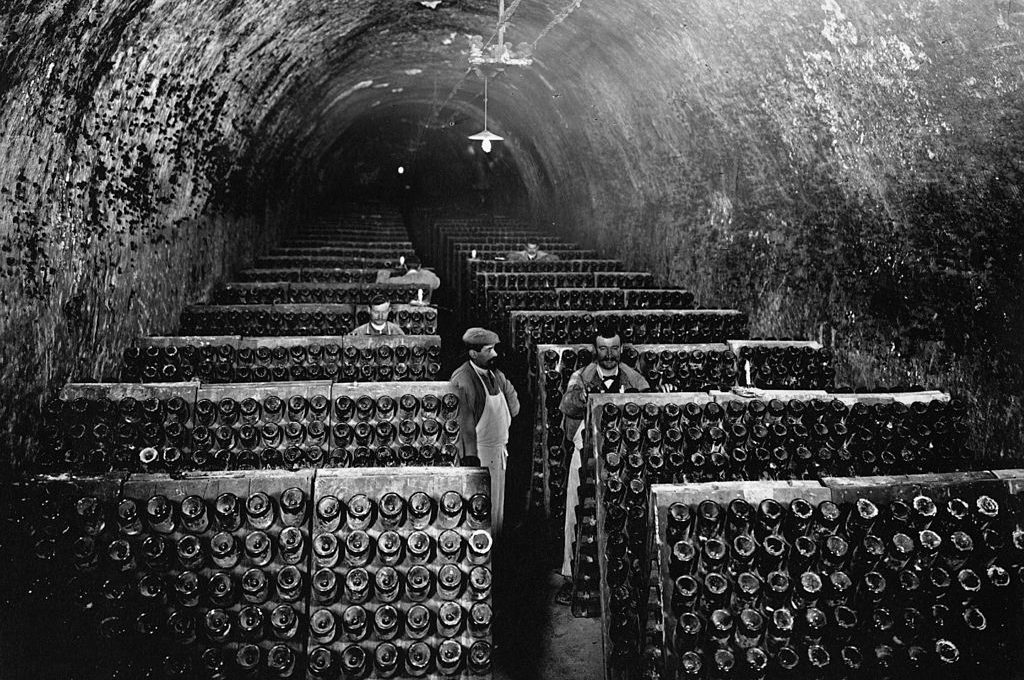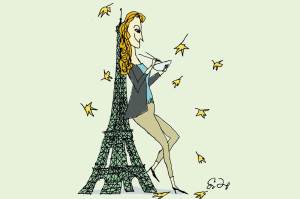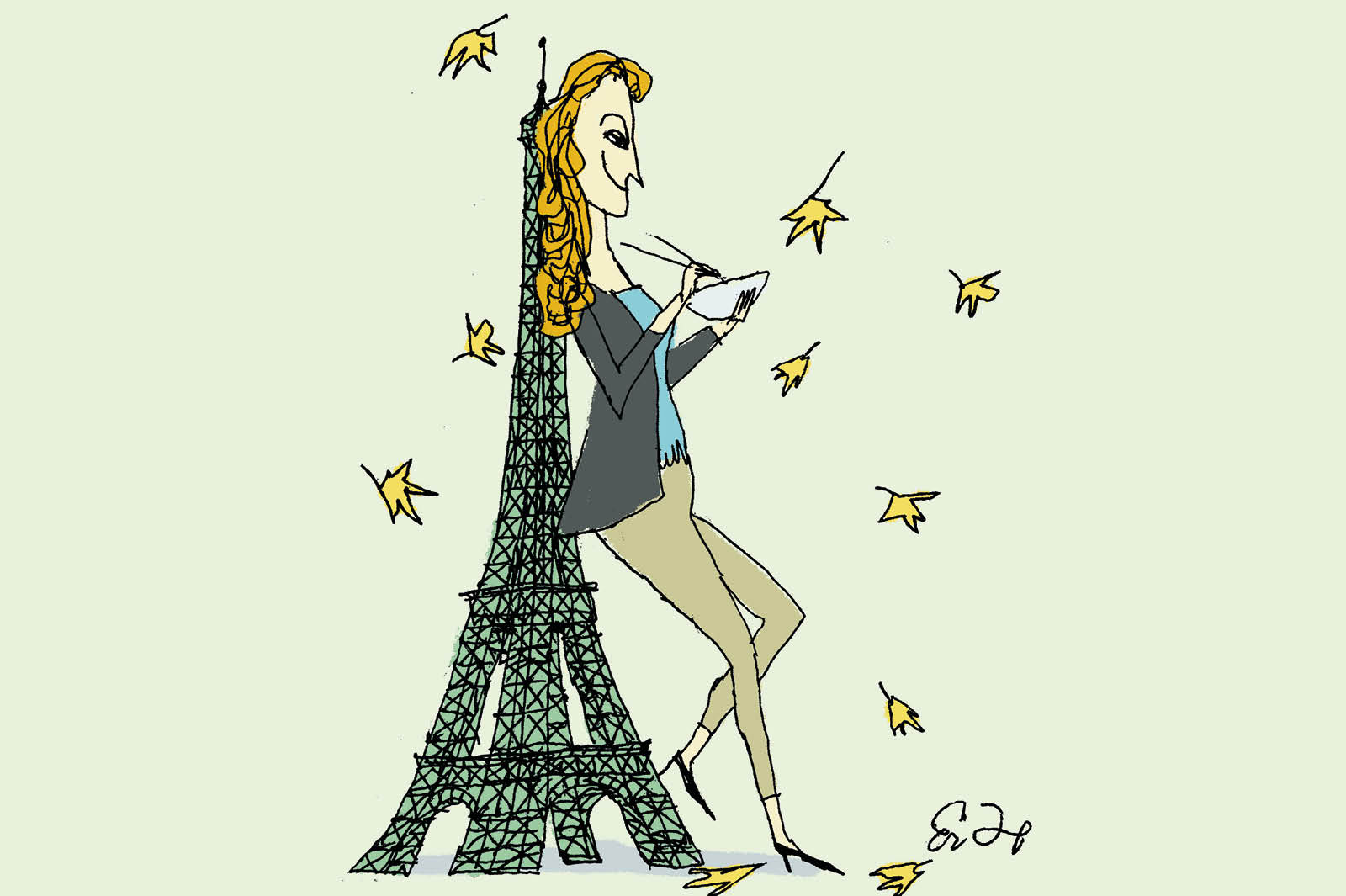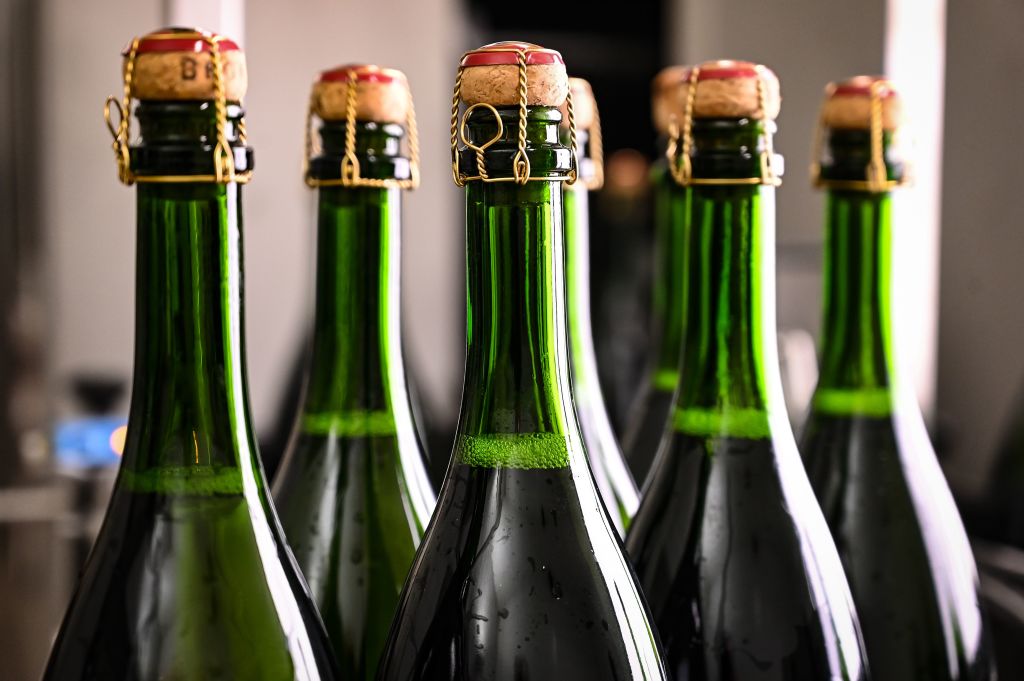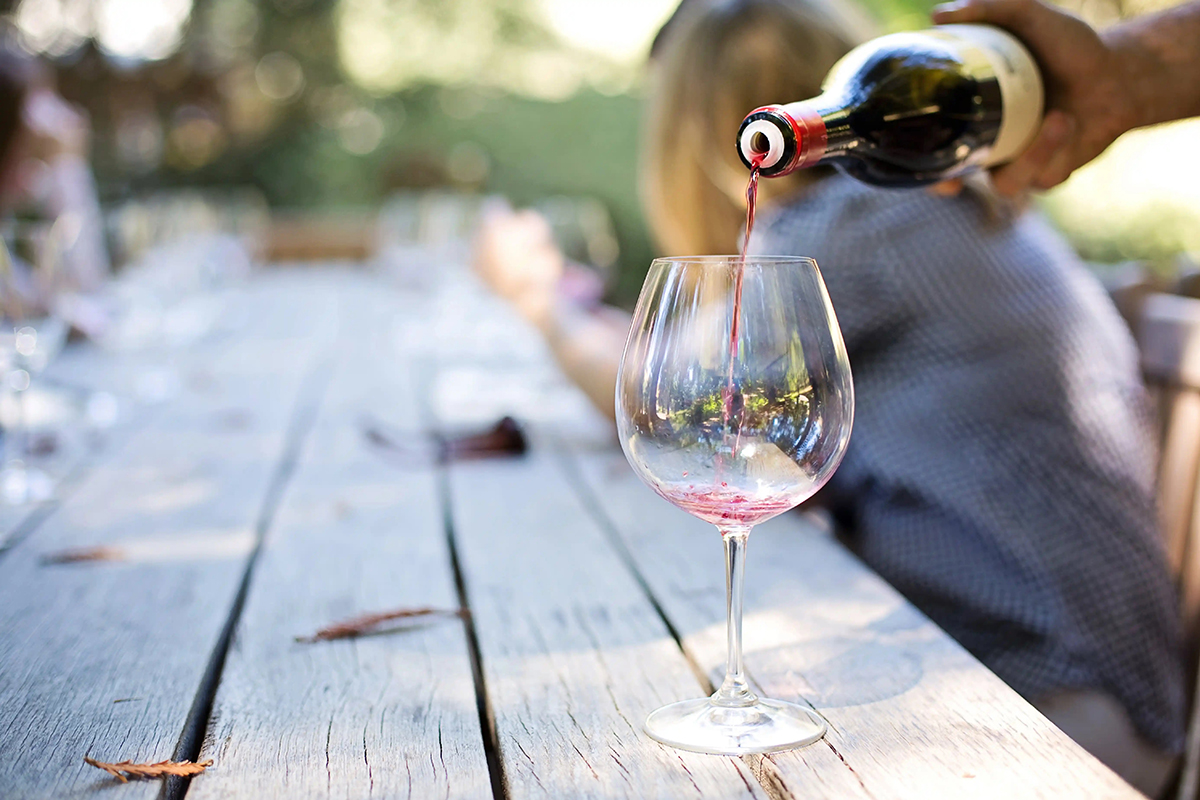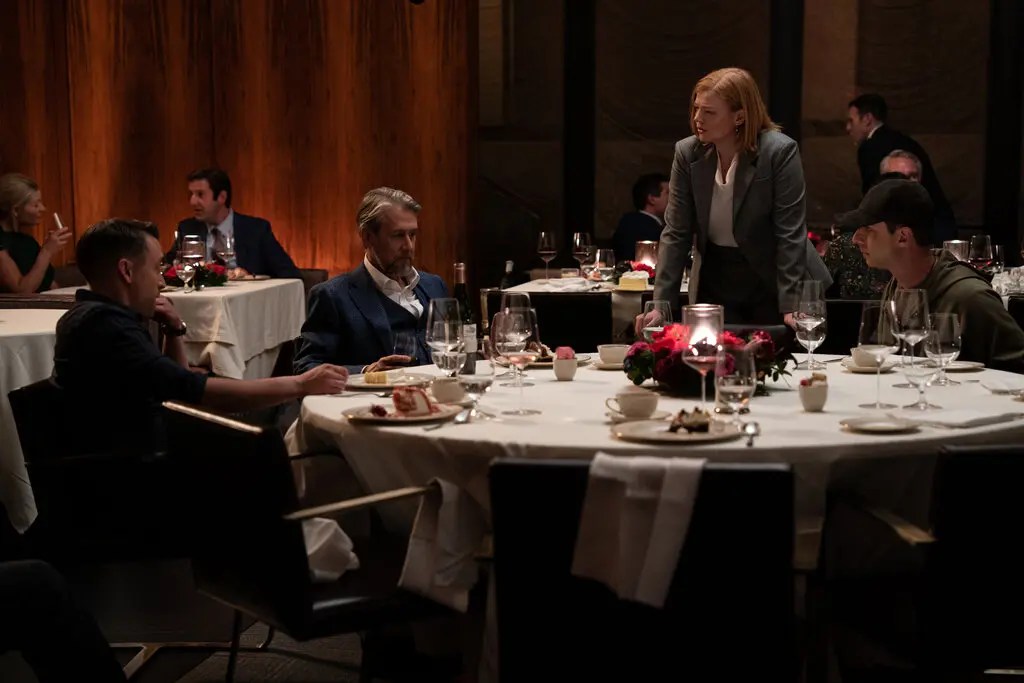I remember being taken aback when reading, in Geoffrey Madan’s delightful Notebooks, a cynical remark by Lord Lyons: ‘If you’re given Champagne at lunch, there’s a catch somewhere.’ Au contraire, my dear Lord. But then that same peer stated that ‘Americans are either wild or dull.’ Obviously he was an unreliable source.
Lily Bollinger, former manager of the Champagne producer, admirably summed up my own view. ‘I only drink Champagne when I’m happy,’ she said, ‘and when I’m sad. Sometimes I drink it when I’m alone. When I have company, I consider it obligatory. I trifle with it if I am not hungry and drink it when I am. Otherwise I never touch it — unless I’m thirsty.’
The subject of Champagne is surrounded by myth, guarded by romance, and festooned with exaggeration. Even its origin is often glimpsed through a scrim of dashing invention. If you were well brought up, you were probably told that Champagne was invented by a Benedictine monk named Dom Pérignon in 1697. ‘Come quickly, I am tasting the stars!’ he is said to have exclaimed upon first sipping his concoction.
Alas, he was not the first. Sparkling wines were being made 150 years earlier near Carcassonne by other monks who bottled the wine before the initial fermentation was complete. And in the early 1690s, an English scientist name Christopher Merret stumbled upon the process used to make Champagne when he discovered that adding a bit of sugar to wine instigated a secondary fermentation and hence the bubbles we know and love.
Merret wrote up his discovery — what we now call the méthode champenoise — in a paper for the Royal Society. Recent advances by English glassblowers enabled the production of bottles sturdy enough to stand up to the considerable pressure (typically in excess of 80 pounds per square inch) of expanding gas. In France, many shattered bottles and popped corks led to the wine being called le vin du diable, ‘the devil’s wine’. The popping cork problem was solved in 1844 when Adolphe Jaquesson invented the muslet, the wire-cage ‘muzzle’ that kept the cork firmly in place.
Yes, the bubbles are CO2, but can you think of a more agreeable way to expand your carbon footprint? The statesman and man of letters Duff Cooper often paid homage to the consolation he ‘never failed to find in the fermented juice of the grape’. In his memoir, he recalls a melancholy stay at a station hotel in the dark days of 1917. ‘I ordered an imperial pint of Champagne, that admirable measure which like so many good things has disappeared from the world, and I took Alice Through the Looking-Glass to accompany me during dinner.’ He wrote in his diary the next day: ‘As by enchantment my melancholy left me and I knew that I should not be unhappy again.’ Was it the humor of Lewis Carroll or ‘the sparkle of the widow Clicquot’ that had restored his spirits? ‘Probably,’ he writes, ‘it was the mating of the two.’
I have plenty of time for Veuve Clicquot myself, though I have often wondered whatever became of Monsieur Clicquot, about whom history seems to be silent. But, if asked, as I sometimes am, what is my favorite Champagne, I can narrow it down to two, both fairly recent productions.
The first is Pol Roger Cuvée Sir Winston Churchill, in homage to Winnie, who liked the vintage Pol Roger. The exact cépage is a family secret, though clearly it is mostly Pinot Noir, all from grand cru plots. It was created a decade after Churchill’s death and was first released to a grateful world in 1984. Churchill once quipped that ‘My tastes are simple, I am easily satisfied with the best.’ He would have liked the shampoo (David Niven’s coinage) named in his honor.
He also would have liked Bollinger R.D., the initials standing for récemment dégorgé, ‘recently disgorged’. As a result of the secondary fermentation process, a sediment of dead yeast forms. Eventually, the sediment is removed (a process called le remuage, ‘riddling’). In the early 1960s, Madame Bollinger introduced a process in which this ‘disgorgement’ would take place just before bottling. It lends a rich toasty chalkiness to the wine. Like the Pol Roger Cuvée Sir Winston Churchill, it is only made in good years and is quite expensive. The Pol Roger will set you (or someone who likes you) back about $200 for a recent vintage, the Bollinger R.D. more like $250.
Is it worth it? If you have to ask, no. If you wanted the address of a local wine shop that carries it, then Molly Bloom has the answer: ‘Yes! Yes! Yes!’
This article is in The Spectator’s September 2020 US edition.



